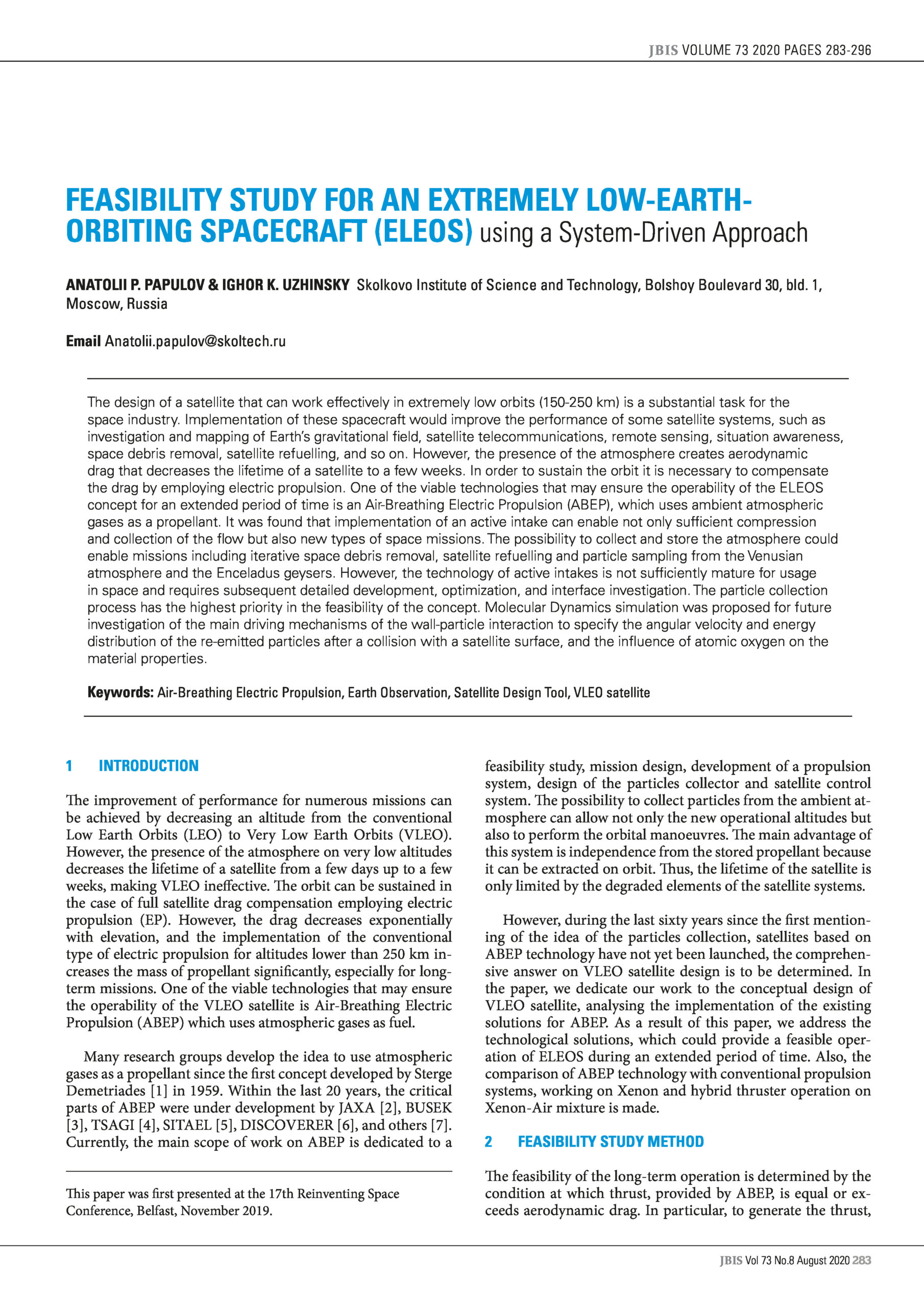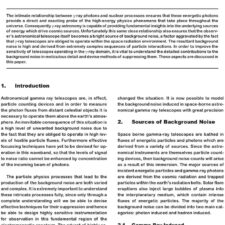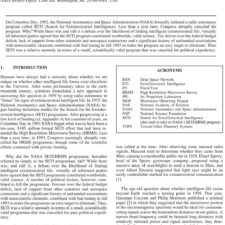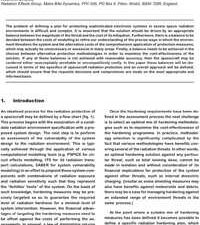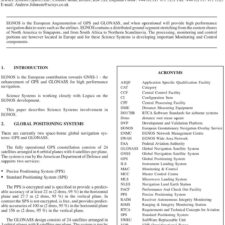Feasibility Study for an Extremely Low-Earth-Orbiting Spacecraft (ELEOS) using a System-Driven Approach
£5.00
A. P. Papulov et al. (2020), JBIS, 73, pp.283-296
Refcode: 2020.73.283
Keywords: Air-Breathing Electric Propulsion, Earth Observation, Satellite Design Tool, VLEO satellite
Abstract:
The design of a satellite that can work effectively in extremely low orbits (150-250 km) is a substantial task for the space industry. Implementation of these spacecraft would improve the performance of some satellite systems, such as investigation and mapping of Earth’s gravitational field, satellite telecommunications, remote sensing, situation awareness, space debris removal, satellite refuelling, and so on. However, the presence of the atmosphere creates aerodynamic drag that decreases the lifetime of a satellite to a few weeks. In order to sustain the orbit it is necessary to compensate the drag by employing electric propulsion. One of the viable technologies that may ensure the operability of the ELEOS concept for an extended period of time is an Air-Breathing Electric Propulsion (ABEP), which uses ambient atmospheric gases as a propellant. It was found that implementation of an active intake can enable not only sufficient compression and collection of the flow but also new types of space missions. The possibility to collect and store the atmosphere could enable missions including iterative space debris removal, satellite refuelling and particle sampling from the Venusian atmosphere and the Enceladus geysers. However, the technology of active intakes is not sufficiently mature for usage in space and requires subsequent detailed development, optimization, and interface investigation. The particle collection process has the highest priority in the feasibility of the concept. Molecular Dynamics simulation was proposed for future investigation of the main driving mechanisms of the wall-particle interaction to specify the angular velocity and energy distribution of the re-emitted particles after a collision with a satellite surface, and the influence of atomic oxygen on the material properties.

